My Hook/Connection for this topic:
This week topic was rather broad and focused on a wide variety of topics all pertaining to inclusive learning. So, for the hook I decided to use videos to set the scene for our discussion. I chose videos to specifically highlight differences. The one video focused a lot on labels and how the things we here or the “labels” we receive can really have an impact on us. However positive comments or positive labels can completely change how we feel about ourselves. I feel like this relates to inclusive learning because we don’t know what our learners are bring with them to school we don’t know the labels they have in there home life or social worlds so we need to be positive and help all students have positive labels in there school lives. The second video was pretty similar but instead of “labels” it focused on putting people in “boxes” . It described how putting people in boxes creates division it makes an us and a them. When thinking about this in the classroom we can apply it to the groups or “boxes” we put our students in. DO we have different reading groups in our rooms? By grouping all weak readers together are we limiting their ability to learn? I really liked this video because it really got me thinking about the benefits and the limitations of grouping students. It also exhibits the “boxes” the students are in before they enter our classroom like income, race, religion ect. and how those boxes affect the student’s opportunities.
Prompts/questions I prepared to help lead the critical conversation:
“If there are no out transgender students at your school, it doesn’t mean they are not there. Rather, it means that they cannot come out and live who they are at school.” Lots of school are beginning to make the transition and they are becoming more and more accepting to LGBTQ2+ students. However not all schools can or will make this transition.
In some cases, LGBTQ2+ goes against the religion and core beliefs of the school. If you were placed in a school that did not support LGBTQ2+ students would you still be able to support those students? How would you support them without going against the cultural beliefs and norms of that school?
“The ways we organize classroom life should seek to make children feel significant and cared about—by the teacher and by each other. Unless students feel emotionally and physically safe, they won’t share real thoughts and feelings. Discussions will be tinny and dishonest. We need to design activities where students learn to trust and care for each other. Classroom life should, to the greatest extent possible, prefigure the kind of democratic and just society we envision and thus contribute to building that society.”
Your classroom can be anything you want it to be. As educators, we can create any society we choose. Your classroom society should be a world in which everyone wants to live in. What might you include in your classroom to have your “perfect society?”
Myth: You can tell who LGBTQ2 youth are “I once had a school principal say to me, “There are no gay or lesbian youth in my school.” What this principal didn’t realize is that there were no visible LGBTQ2 youth in the school, most likely because it was not a safe place. Visibility and safety are tightly interwoven together, especially in any school-related context.
The belief that you can tell who LGBTQ2 youth are by simply looking at or by listening to them is based in old, unfounded stereotypes and beliefs. Just as not all gay men are hairdressers, and not all lesbians are truck drivers, not all transgender kids are gender non-conforming or cross dress. These stereotypes are rooted in powerful beliefs about gender and how young people should express their gender identity in typically masculine or feminine ways. For example, little boys who like to dance or do ballet are often called “sissies” or “faggots.” Girls who like to play sports or climb trees are frequently called “lesbos” or “dykes.” In these examples, homophobic bullying is used as a weapon of sexism, targeting children who are deemed to be different from the norm. These kinds of stereotypical beliefs often keep young people trapped in “gender boxes,” which serve to regulate and limit the full expression of their identities, hopes, and dreams.”
Quite often, there is a nervousness around the idea of gender correcting. Has anyone ever used the article suggestions to openly correct one’s own mis-gendering etc., or to point out the lack of diversity in materials, situations, or otherwise?
Quick Summary of Critical Conversation:
Our conversation focused on the more practically and applied end of the topic. We talked a lot about creating a safe classroom space that allows you to build relationships with your students. We also discussed the importance of working alongside students in the classroom instead of guiding them and how a mutual relationship like this would impact the student’s overall value of themselves in our classrooms. Concepts like these really have a big effect in the student’s overall comfort within our classrooms. As future educators it’s important to work hard on creating a welcoming classroom in order to set all students up for success.Furthermore, we also discussed some boundaries you might have in trying to create an inclusive classroom. For example, I brought up how my current placement school doesn’t have any noticeable supports for LGBTQ2+ students because they are catholic and that goes against the religion. We discussed that although they may be catholic there is still likely going to be LGBTQ2= students there and students at this school are likely to need extra support because they likely aren’t going to receive that support in a catholic home. We also brought up that I would be tricky to support these students without going against your school. However, we talked about some idea like using basic resources within the classroom and asking questions to students that would support gender. The biggest thing that really came from this conversation was making ourselves the supports for our students.
Reflection
From this host guest I learned a lot about myself as a teacher. I have always seen the importance of teacher students in the classroom but this week’s learning and being the host has really reaffirmed the importance of creating a strong relationship with your students. Being the hist also encouraged me to think about how to reach all my students and our group discussion about boundaries really gave me a lot of helpful tips for my future teaching practice. I feel like I did a really good job of introducing the topic and helping get the initial conversation set. However next time I would improve on time management. It was tricky to know how many questions I would need so I created 4 and we didn’t get to the last one which was a bit disappointing because it had great conversation potential.
This week’s reading really had a lot of strong themes that already are included in my teaching philosophy. Like creating strong teacher student relationships. This is important to me because it will allow me to see what supports my students need from me. Also, it allows me to learn alongside my students and have them direct there learning through a mutual relationship which is also and important concept in my teaching philosophy.
In the reading Creating Classrooms for equity and social justice it talked about not focusing on the things we can’t change but rather turning our time and attention to the things we can change. This isn’t really evident in my teaching philosophy, but it thinks it is important aspect of my learning this week, so I plan to add it. In my teaching philosophy it will act as a reminder to focus on practicality rather than the things we can’t control.
Questions
How can we make an inclusive and adaptable environment for students without making them feel different?
We can’t take part in all cultural celebrations in our classes because there is so many. So, how do we choose what cultural things we engage with in the classroom?
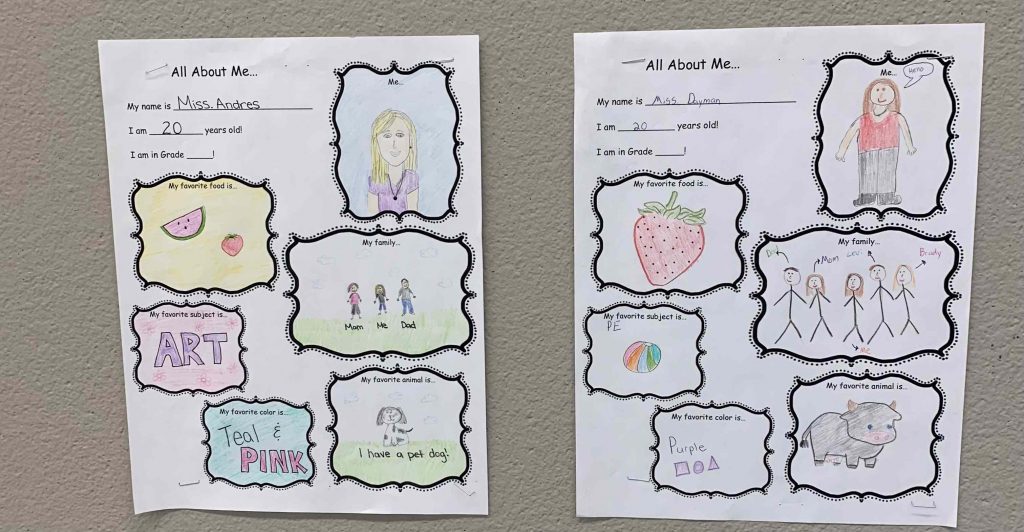
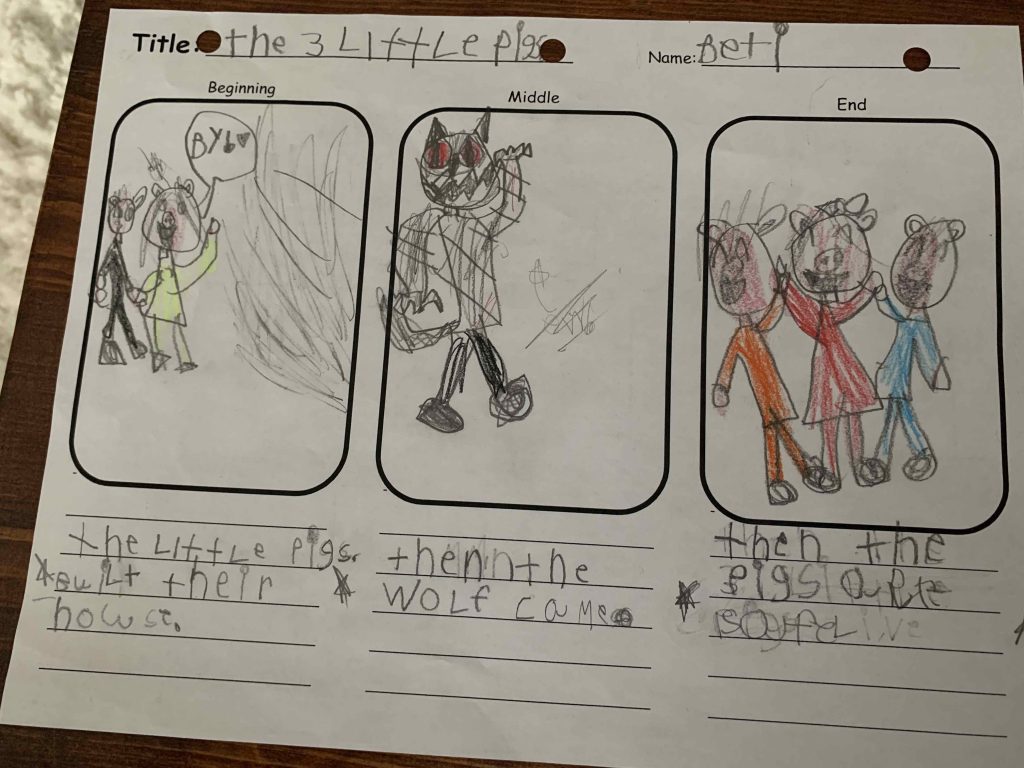
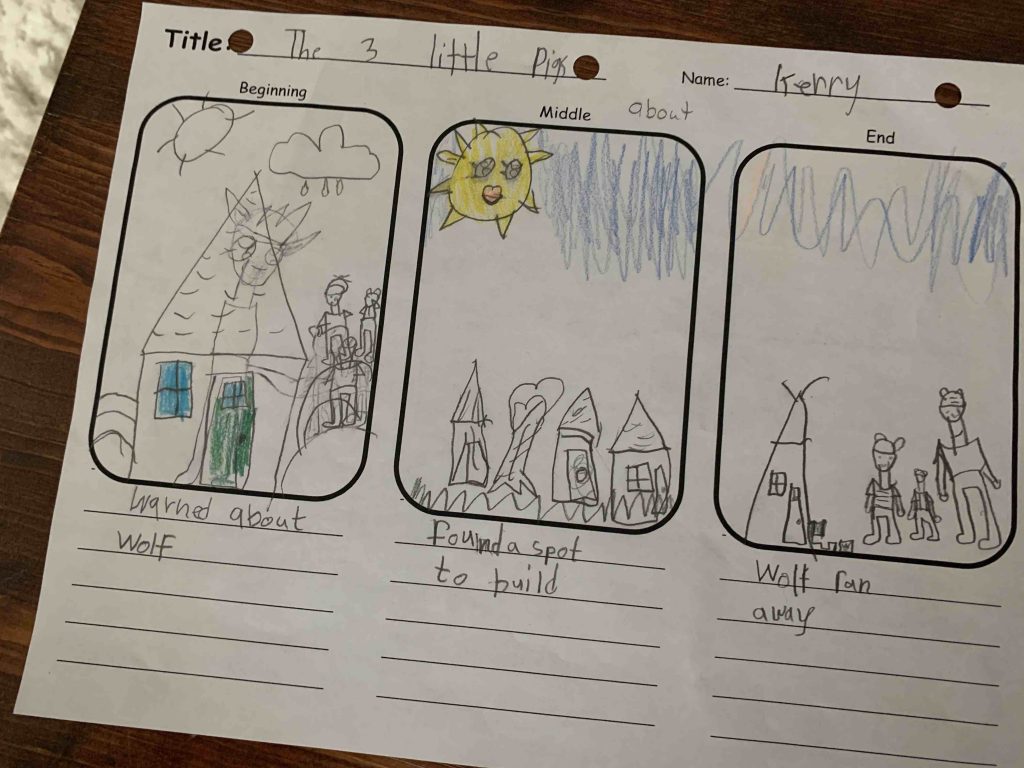
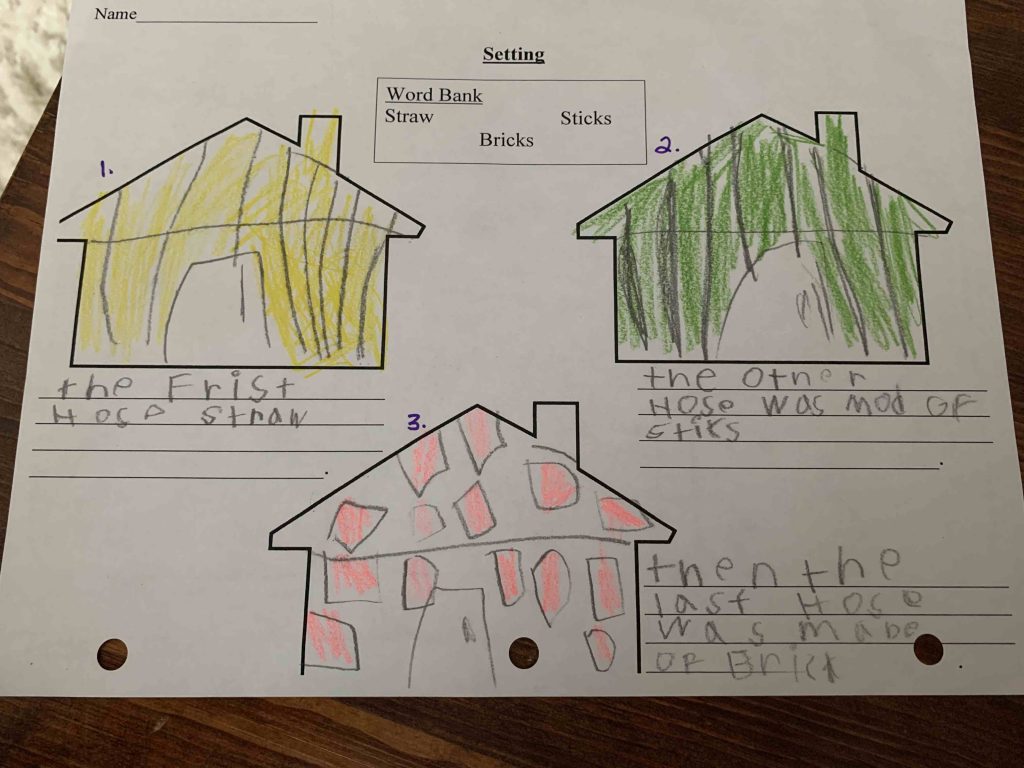
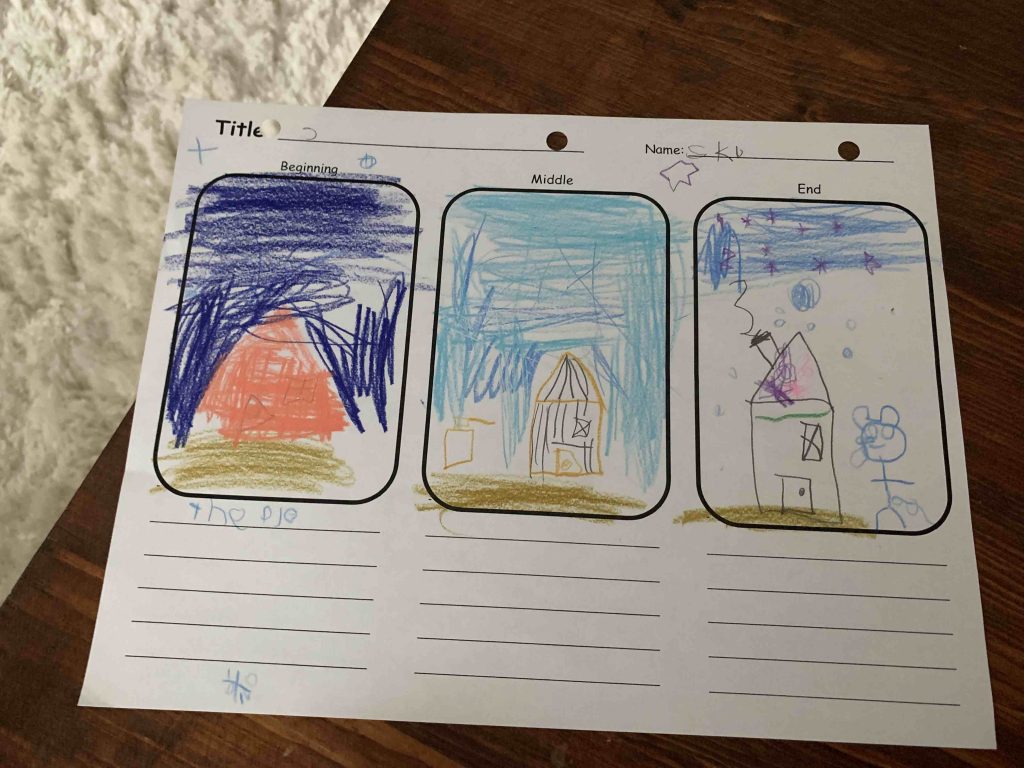
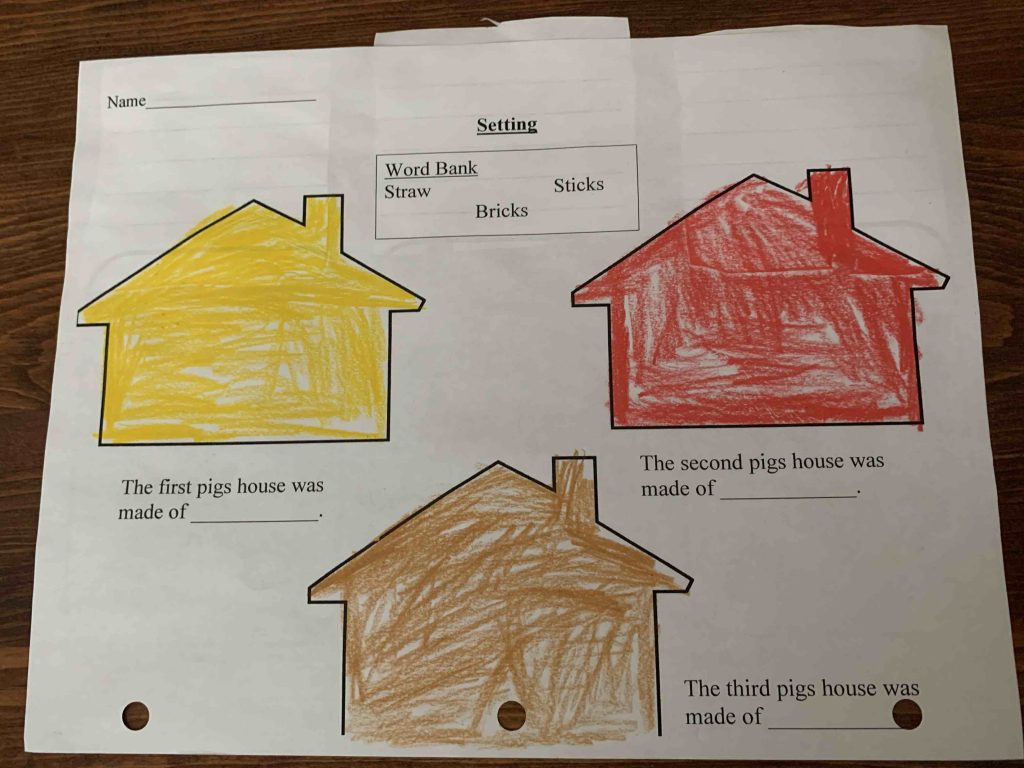
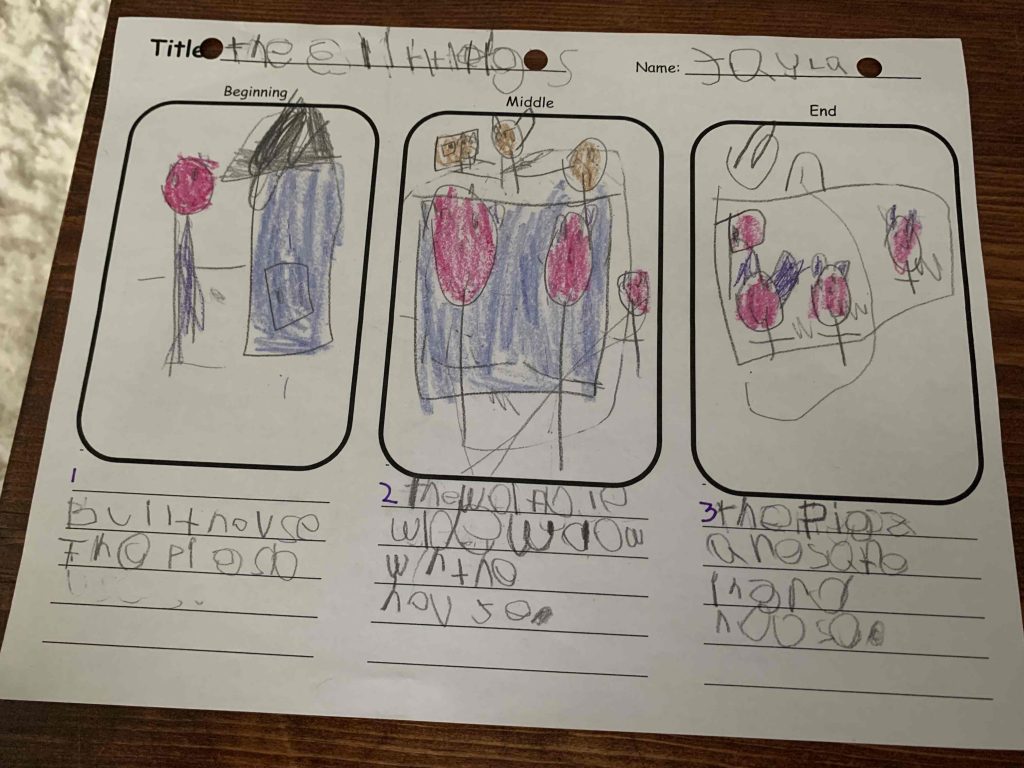
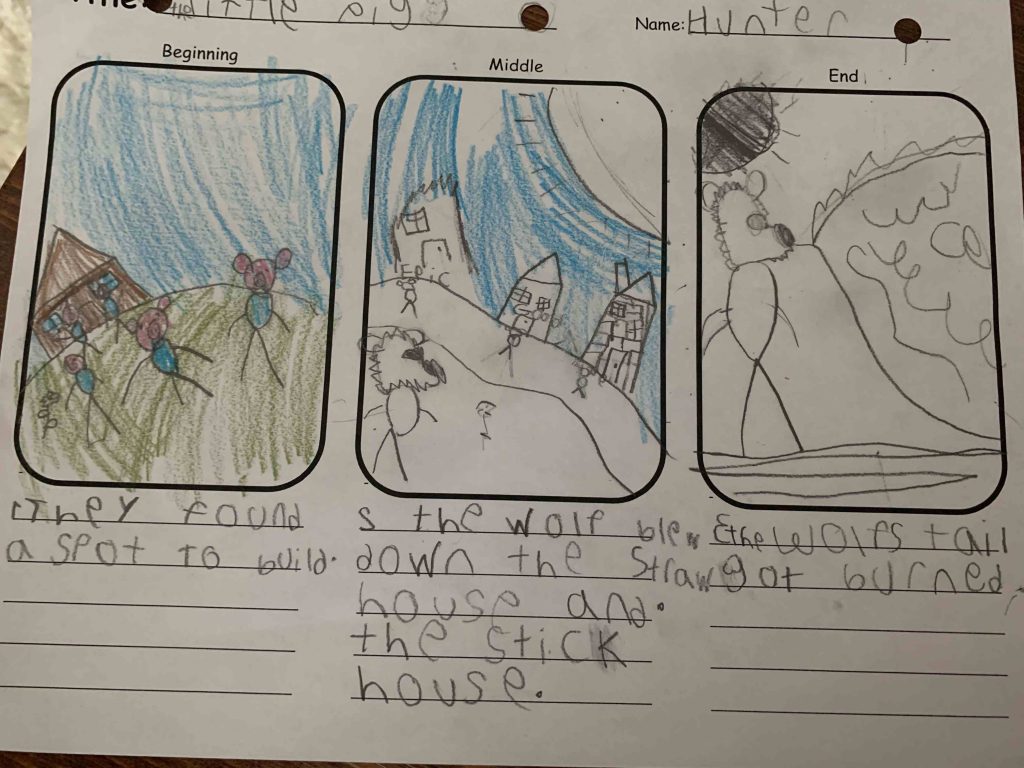
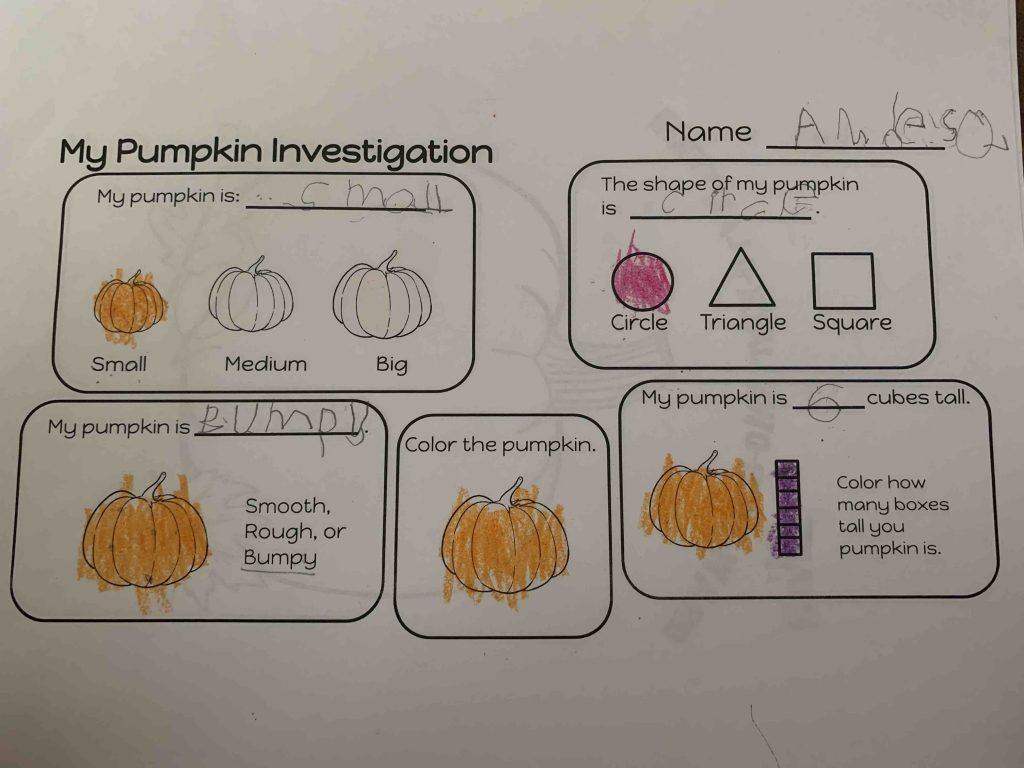
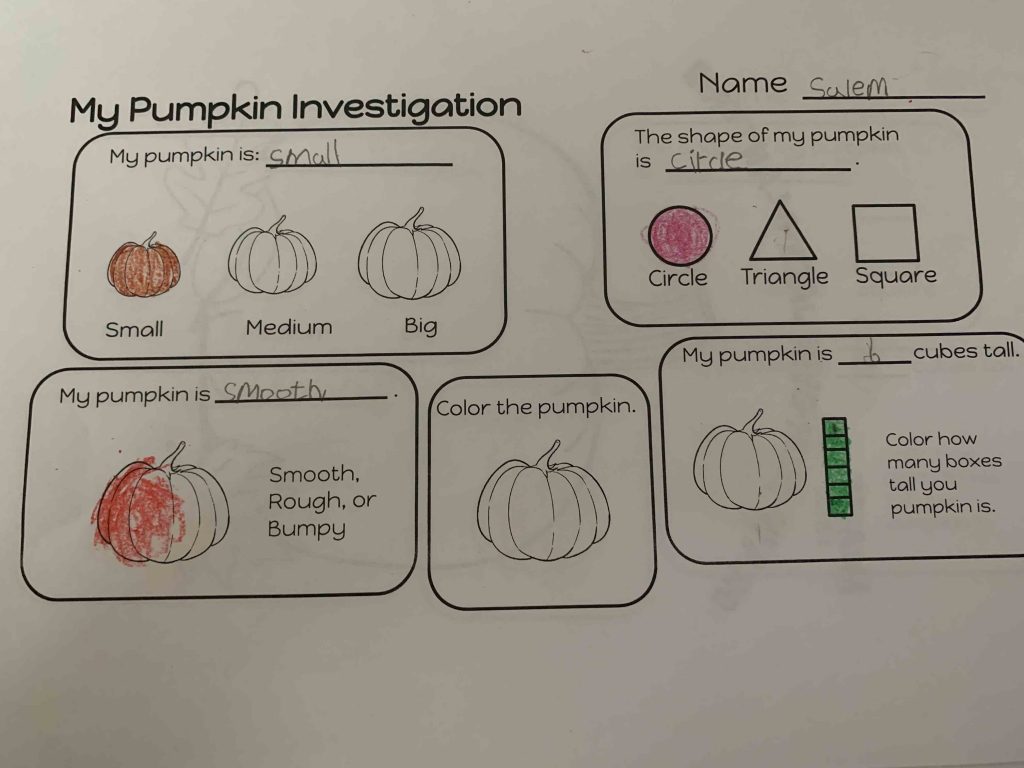
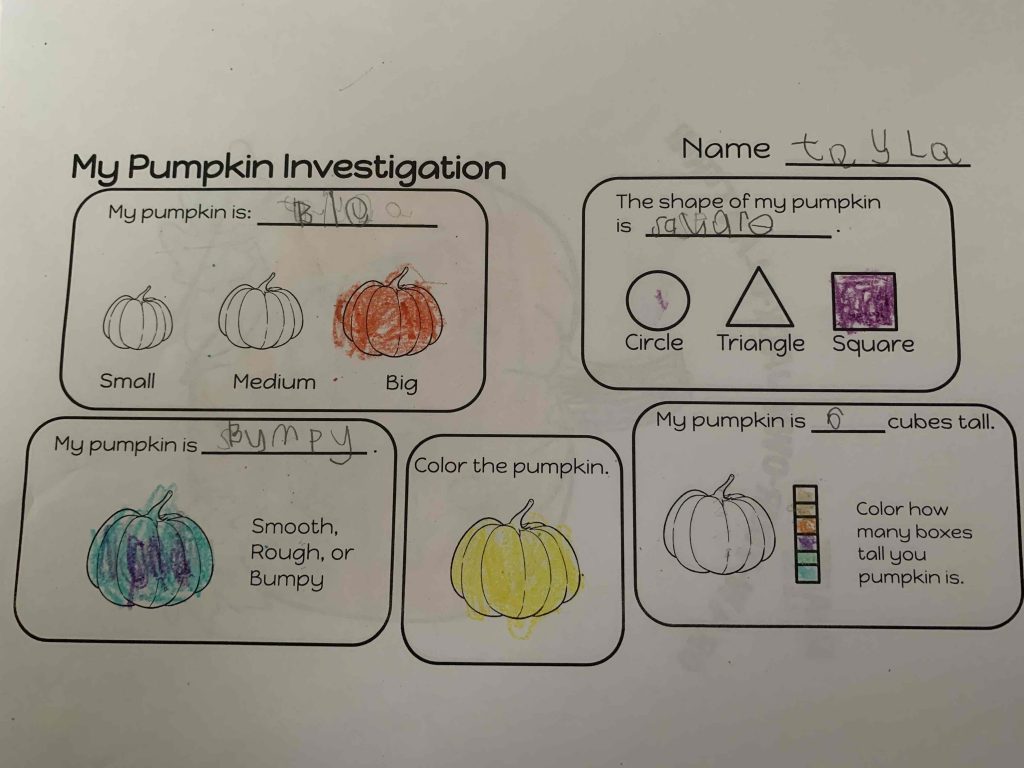

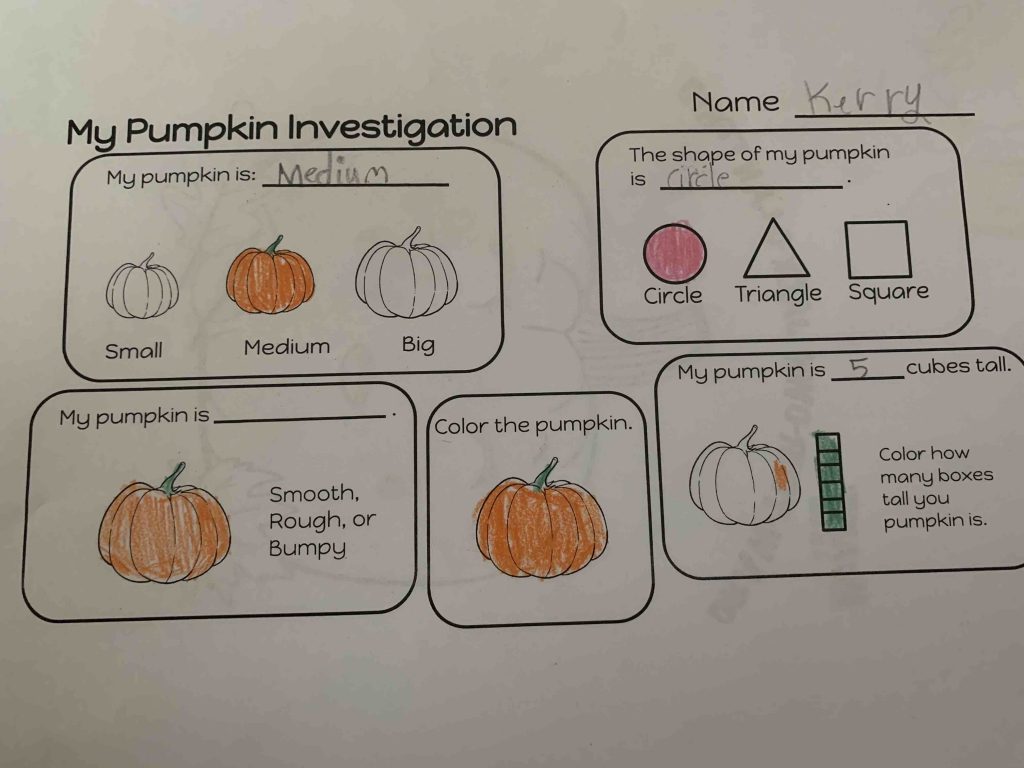
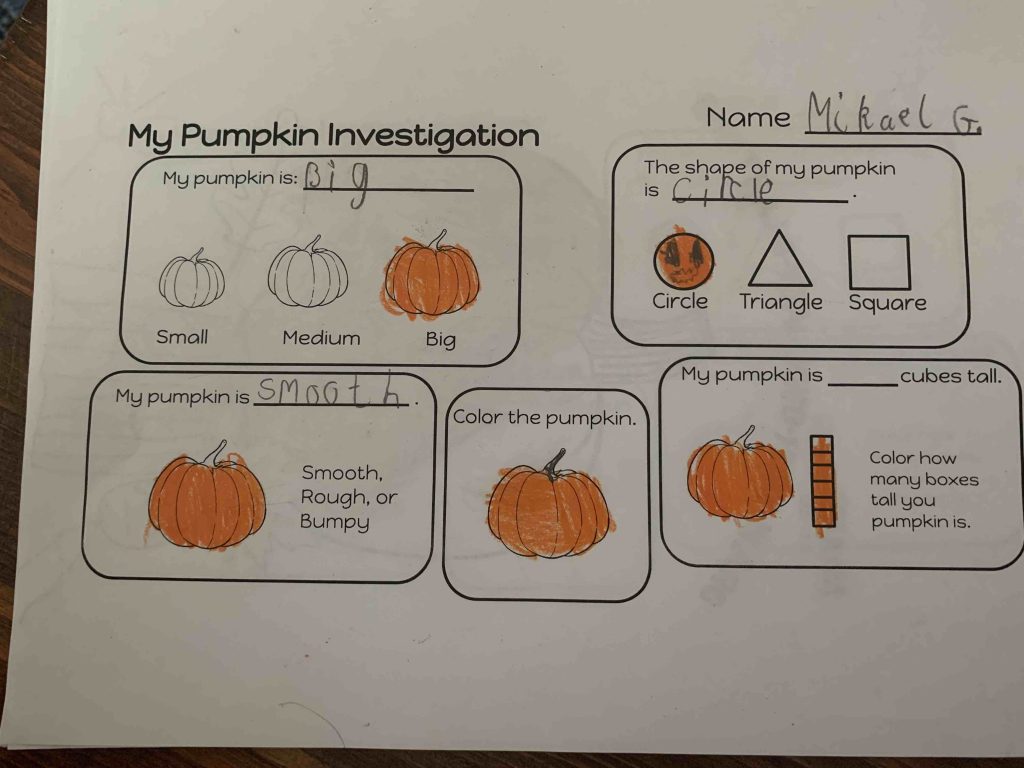
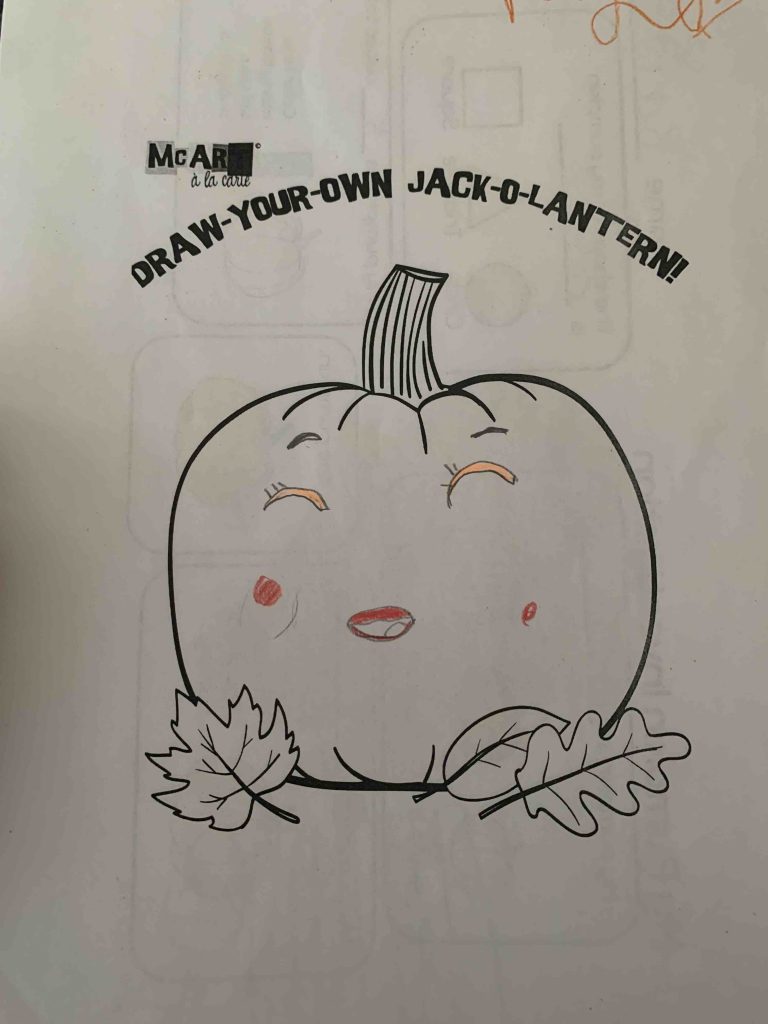


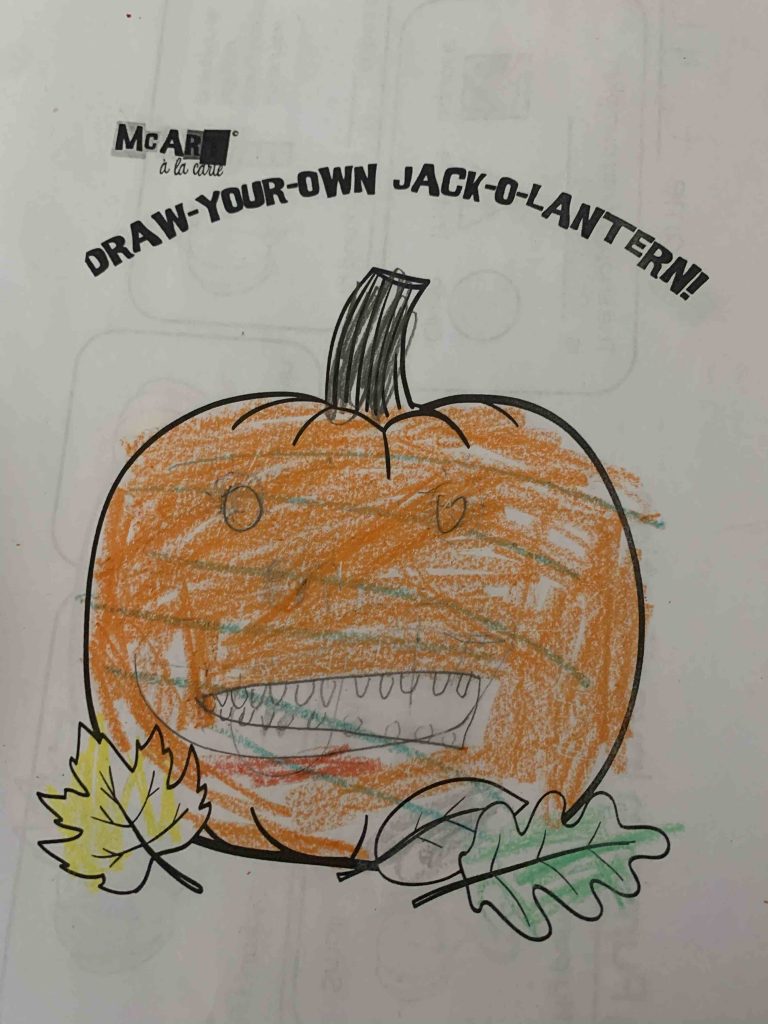
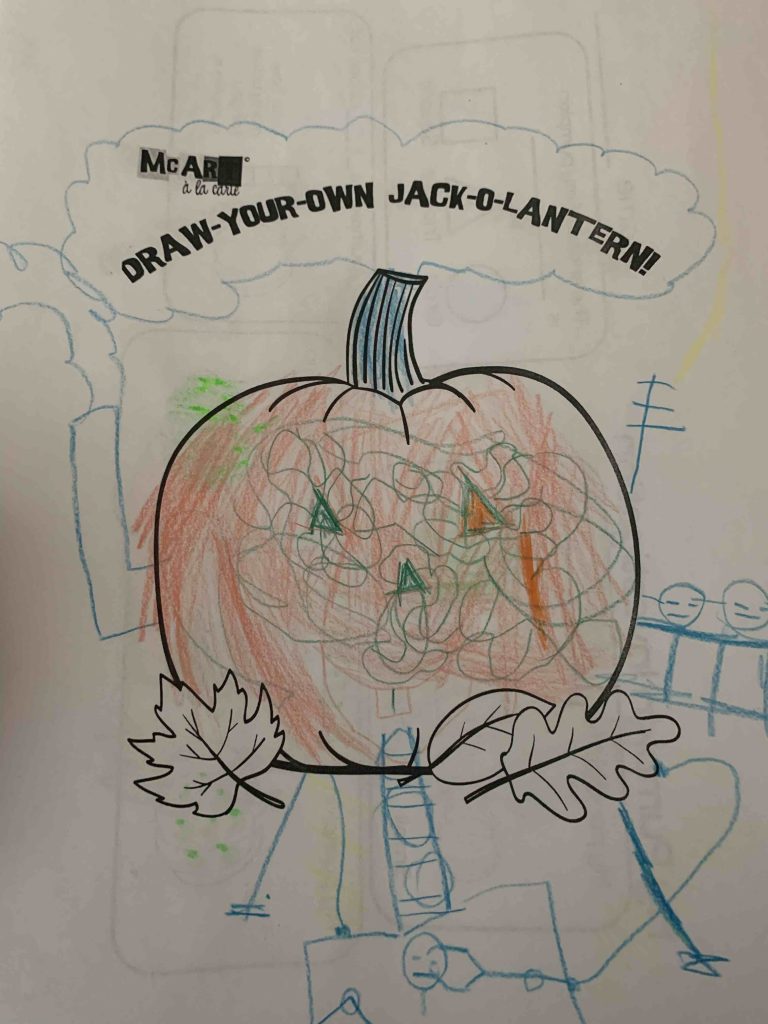

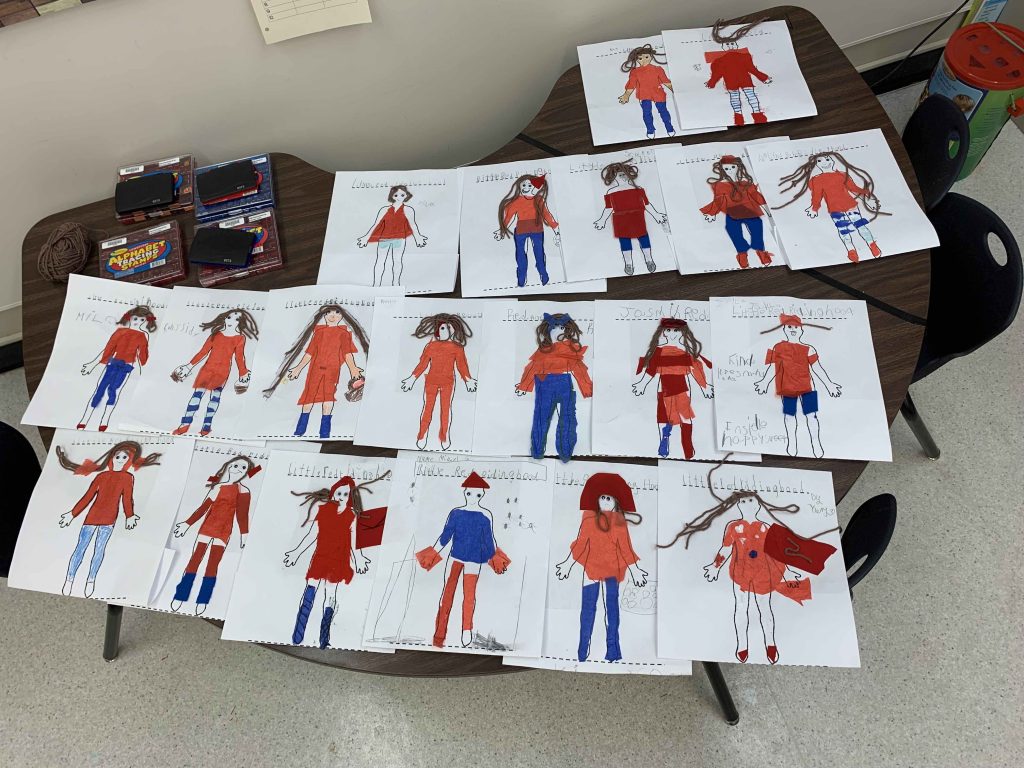

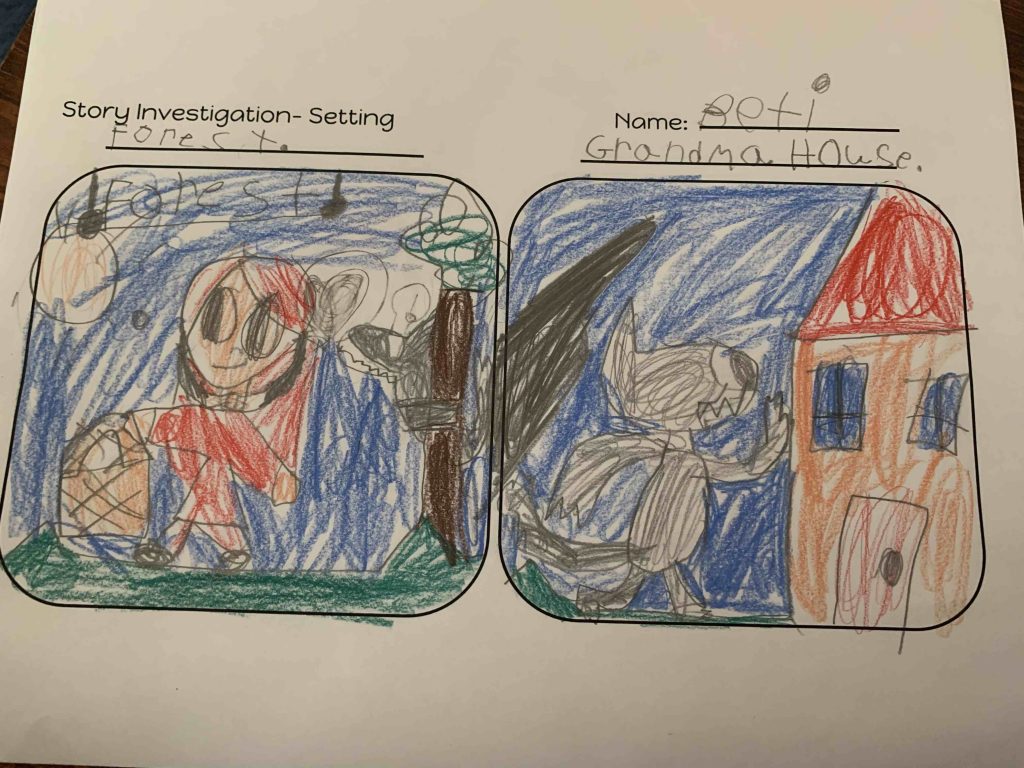
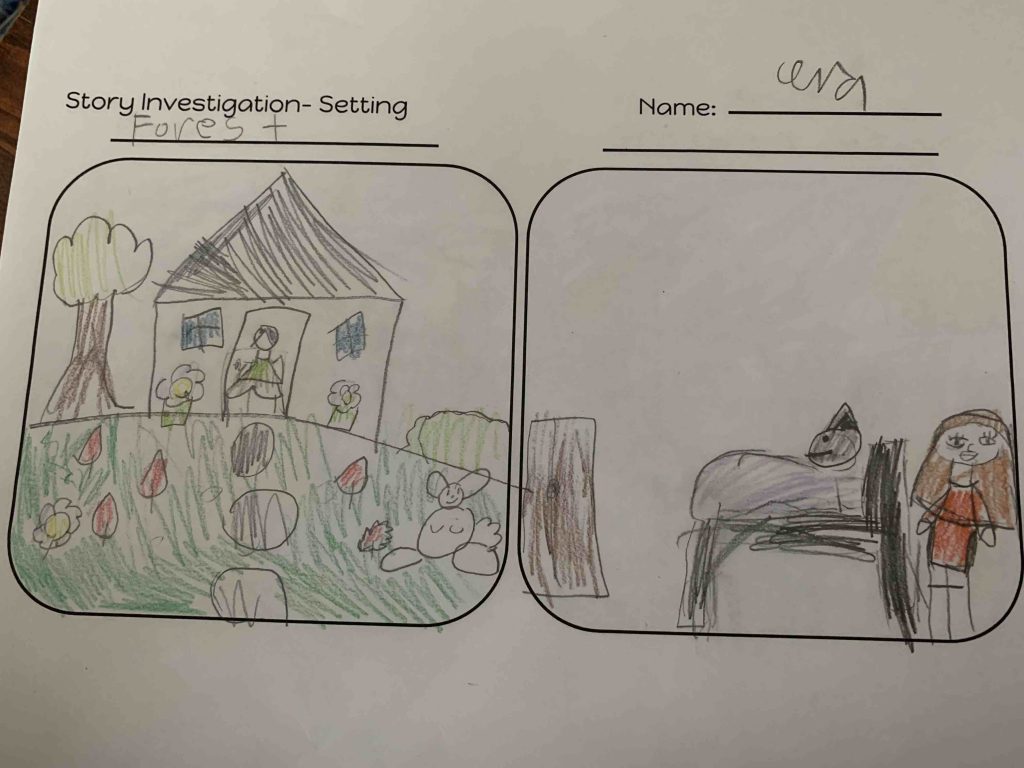


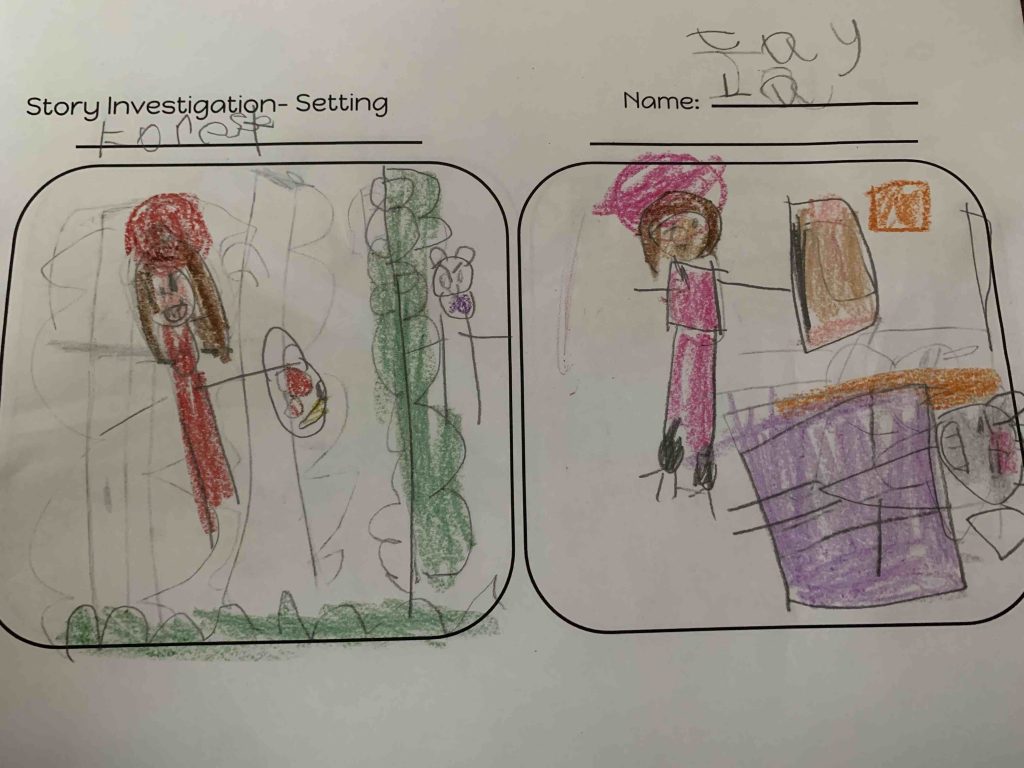
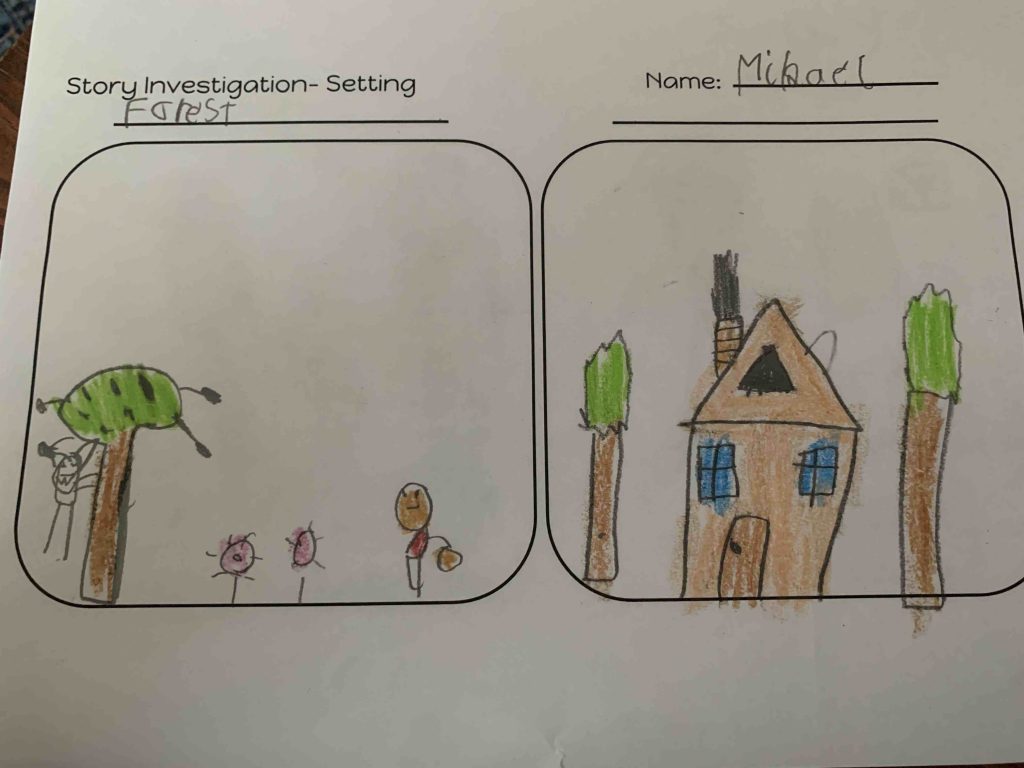
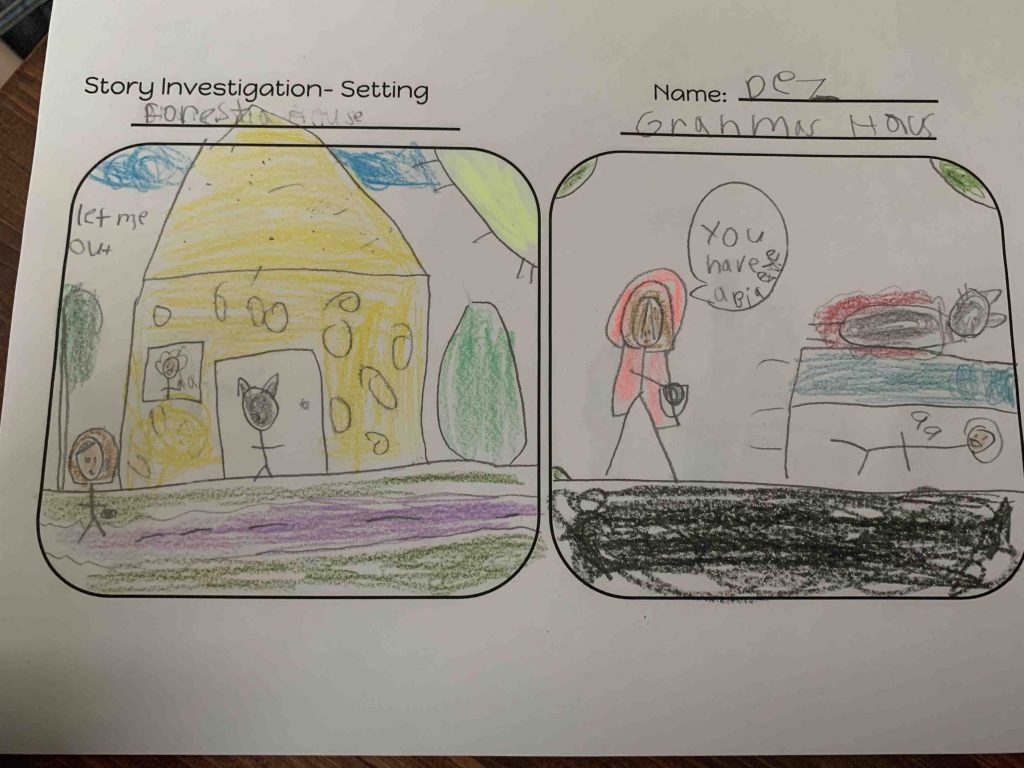
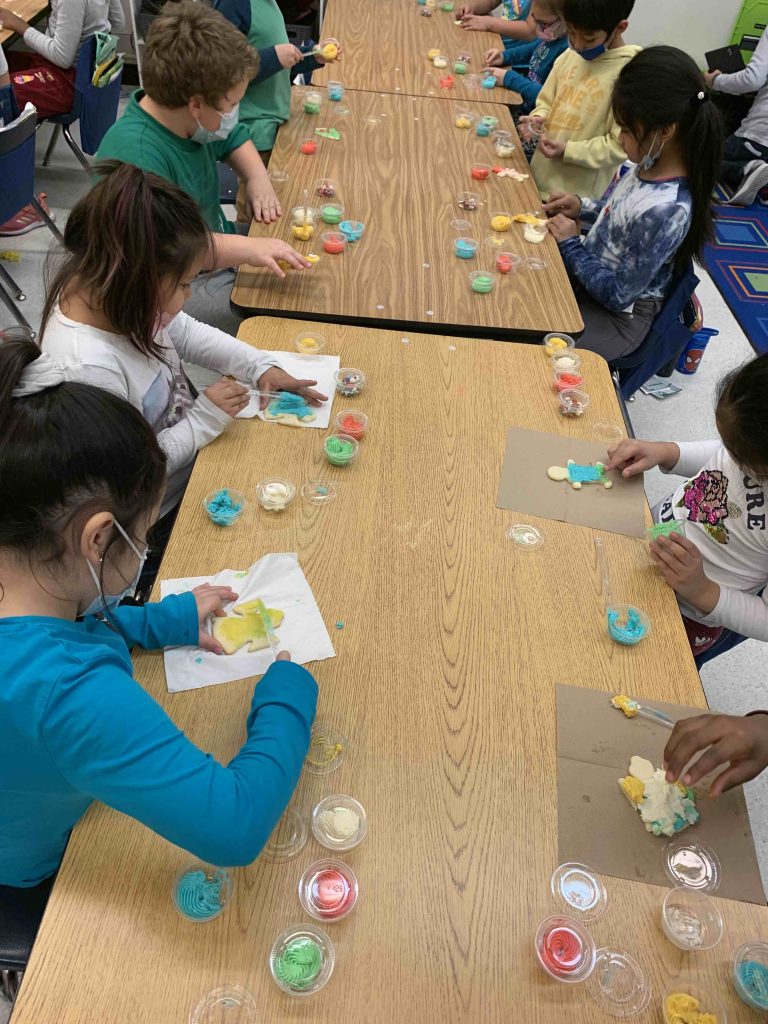
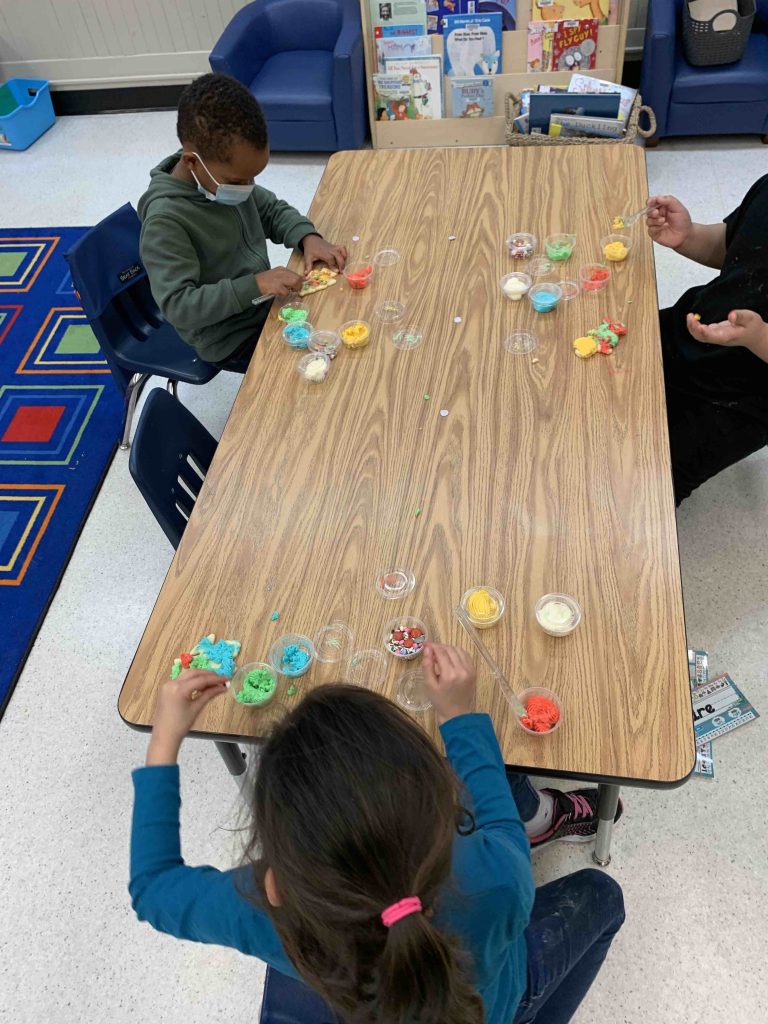

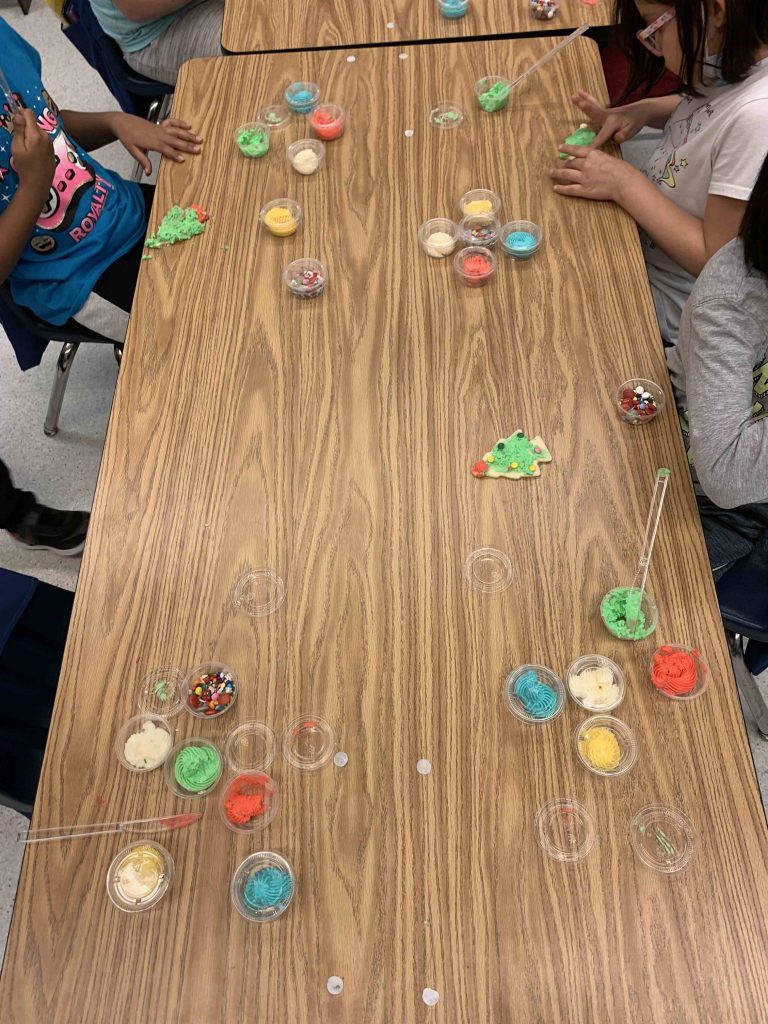
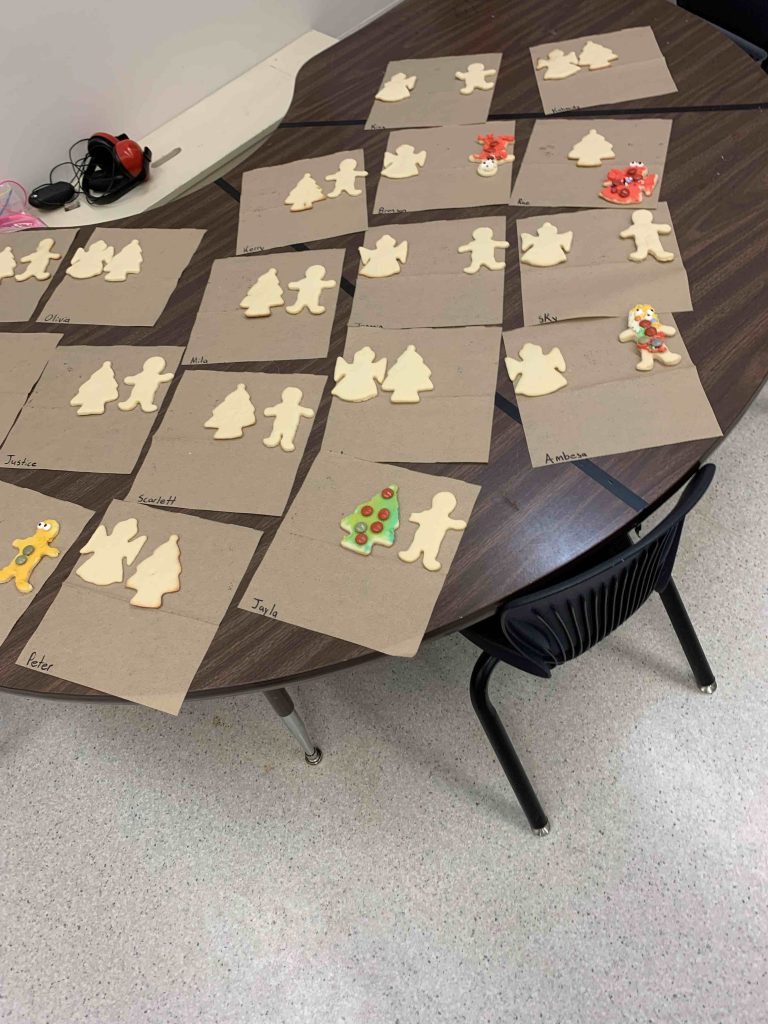
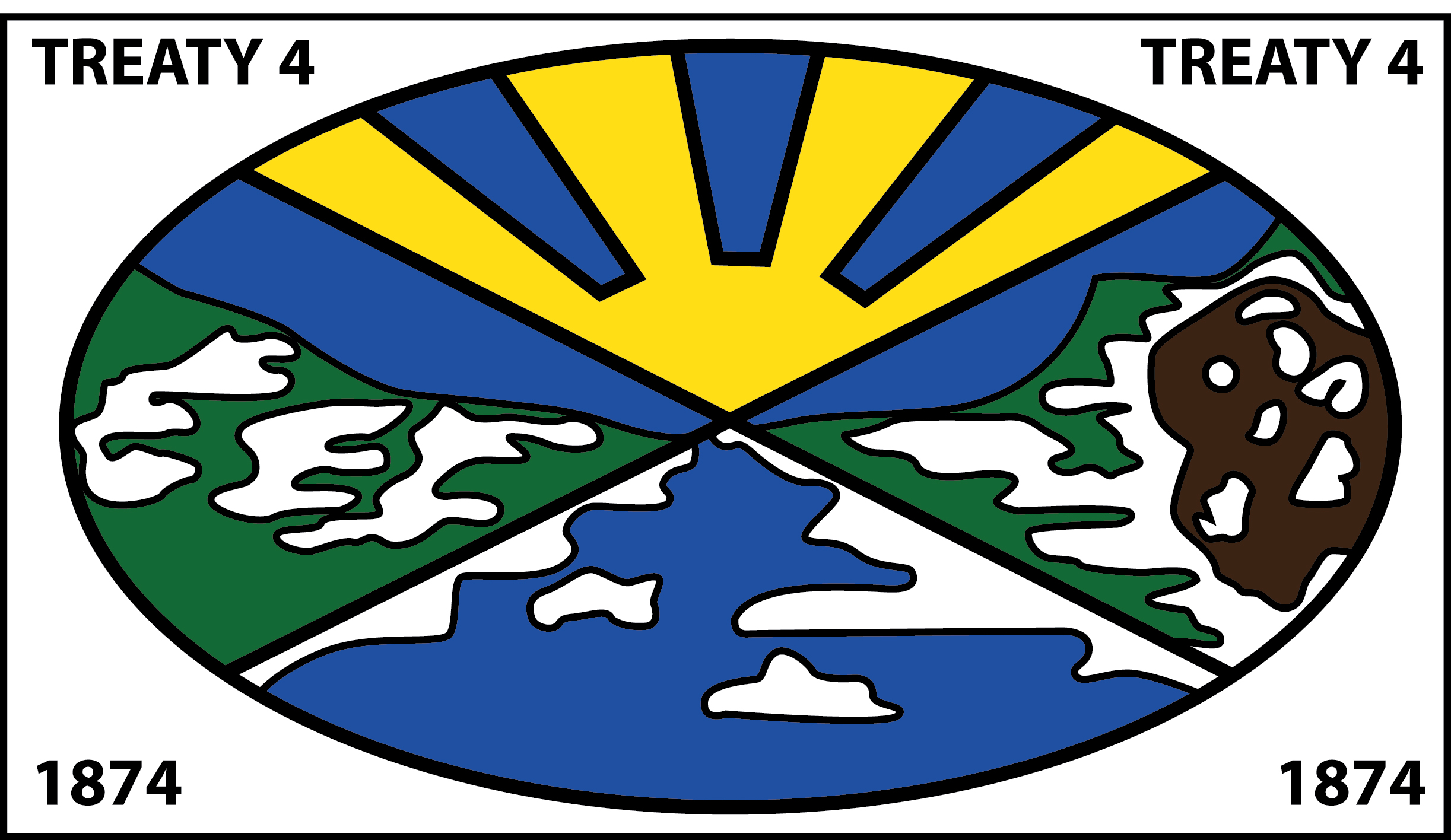
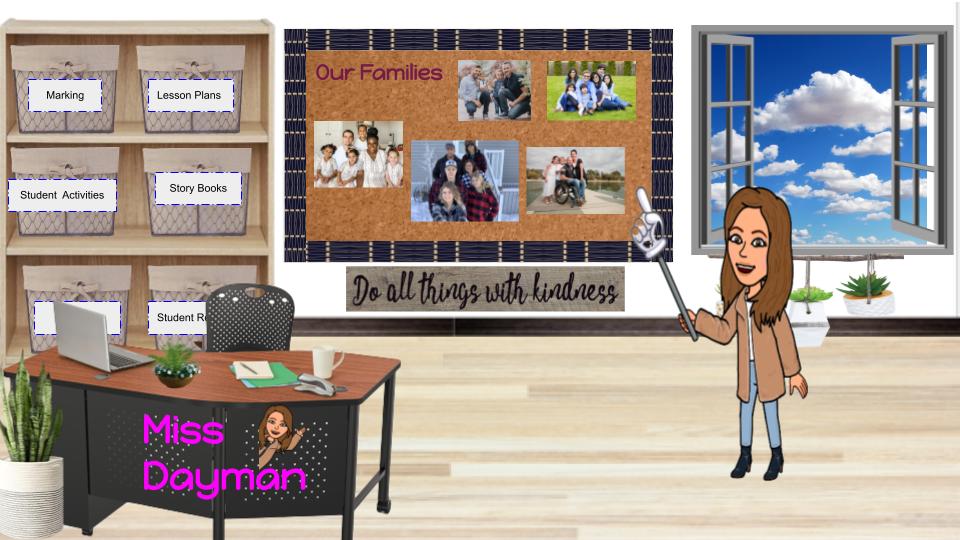

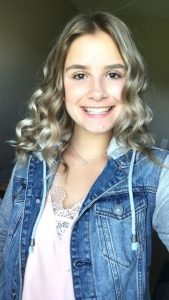
Recent Comments